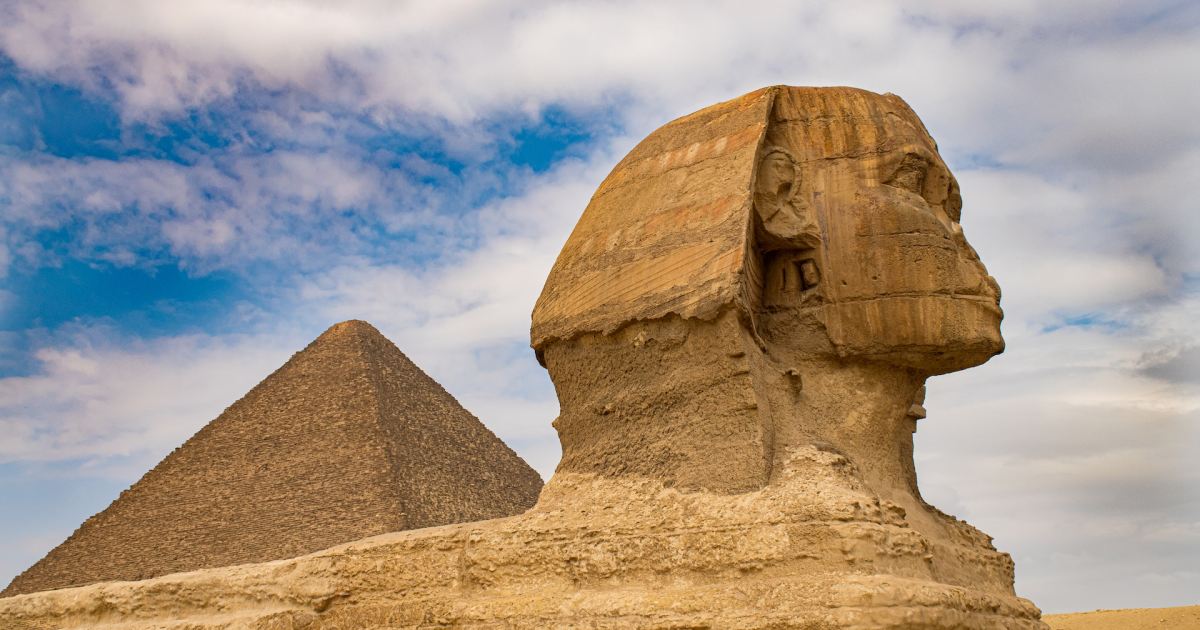The wind, that natural and poetic element that has lived with us all our lives, may have become the main architect of one of the most awarded human works in history: the great Sphinx Egypt.
That’s exactly what a team of New York University scientists determined by reproducing the conditions that existed 4,500 years ago when the Sphinx was built to show how the wind moved through the rock formations into the shapes it may have shaped. one of statues the most recognizable in the world.
“Our results offer a possible ‘origin story’ for how sphinx-like formations could arise from erosion,” explains Leif Ristroph, an assistant professor at New York University’s Courant Institute of Mathematical Sciences and lead author of the study that was accepted for publication. In the magazine Physical fluids for testing. “Our laboratory experiments showed that, surprisingly, sphinx-like shapes can actually be created from materials eroded by fast flows.”
The work focused on reproducing yardangs, unusual rock formations formed in deserts by wind-blown dust and sand, and exploring how the Great Sphinx may have originated as a yardang, which was later detailed by humans in the widely accepted form of a statue.
To do this, Ristroph and his colleagues at New York University’s Applied Mathematics Laboratory took mounds of soft clay embedded with harder, less erodible material, simulating the terrain of northeastern Egypt, where the Great Sphinx is located.
They then washed these formations with a stream of fast flowing water to simulate the wind, which carved and reshaped them, eventually arriving at a formation similar to the Sphinx. The hardest and most durable material became the lion’s “head”, and many other features were developed, such as a cropped “neck”, “feet” placed forward on the ground, and an arched “back”.
“Our results provide a simple theory for the origin of the sphinx-like formations as a result of erosion,” says Ristroph. “In fact, there are yardangs today that look like sitting or lying animals, which supports our findings.”
“The work can also be useful to geologists, since it identifies factors that influence rocks, that is, whether they are heterogeneous or homogeneous in composition,” he adds. “Unexpected shapes arise from the way flows are deflected away from harder or less eroded parts.”
Source: Digital Trends
I am Garth Carter and I work at Gadget Onus. I have specialized in writing for the Hot News section, focusing on topics that are trending and highly relevant to readers. My passion is to present news stories accurately, in an engaging manner that captures the attention of my audience.












